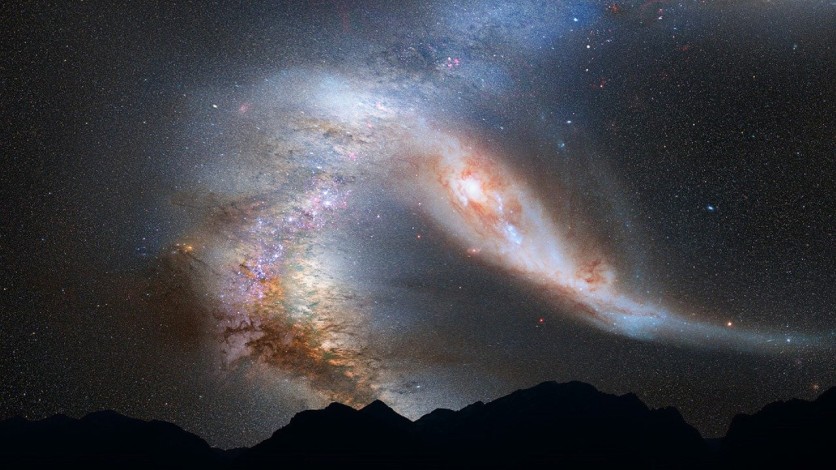
The European Southern Observatory (ESO) released dramatic new photographs of Betelguese. The output resolves functions on the superstar's surface and surrounding location showing how it is dramatically modified over the direction of 2019.
You need to realize if Betelgeuse is going to detonate as a supernova, and the answer is still: astronomers have no idea. However, detonation can happen at any time in the next 100,000 years. The possibilities that it would happen in our lifetime is relatively remote. This is probably merely a common variation, and it'll go again to its ordinary brightness.
Something that's taking place at the surface of Betelgeuse actually happened millions of years ago, because the star is ready 650 light-years away. But astronomers speak approximately events based on when they may be discovered.
Betelgeuse is behaving strangely
Telescopes from around the region turn their gaze on Betelgeuse, taking this possibility to peer the star at a time when it's behaving strangely.
Betelgeuse has been continuously clear to find. It's generally the 11th brightest megastar in the sky, taking its position as the own shoulder of Orion. In the previous months, the star is dimmed all the way down to 38% of its ordinary brightness. It is now the 24th brightest star in the sky.
Variations are normal for Betelgeuse. It's literally developing and shrinking as the internal temperatures upward thrust and fall pushing the megastar in and out like a beating heart.
It has excellent convective cells on its floor that boil growing brighter and dimmer regions, and it is continuously blowing out dust, which can be challenging to understand our view for a time.
A team of European astronomers was lucky sufficient to have made very particular observations of the floor of Betelgeuse at the start of 2019, using one of the world's most effective observatories.
This allowed them to test again on the superstar at the end of the year. The astronomers saw substantial differences on its floor, and the encircling cloud of dust shed by the superstar over eons.
Now at 38% of my usual brightness! #Betelgeuse pic.twitter.com/nY2Dvx62VF — Betelgeuse Status (@betelbot) February 14, 2020
This newest image was captured by the European Southern Observatory's telescope called the Spectro-Polarmimetric High-contrast Exoplanet REsearch instrument (SPHERE).
A brief side note, SPHERE is one of the most exciting instruments working from the surface of the Earth. It lets in astronomers to look the polarized infrared light that comes from newly forming planets orbiting a toddler star.
But seemingly it also permits a high-decision view of Betelgeuse. Betelgeuse is so near and so big that telescopes here on Earth are able to reveal the surface of the star as a disk, seeing individual features like massive convection cells.
Is Betelgeuse going through something?
ESO also found out how the star is reputedly changing shape. The observation suggests it is going through a transformation.
Miguel Montargès, an astronomer at KU Leuven in Belgium, said the transformation could take the shape of big quantities of fuel being shot toward Earth, which is obscuring the famous person's brightness.
Montargès said the scenarios they are working on are cooling of the surface due to top-notch stellar activity or dust expulsion towards the planet.
He added their expertise of red supergiants stays incomplete, and that is nonetheless a piece in progress; hence, so surprises could still happen.
Emily Cannon, a Ph.D. student at KU Leuven, added crimson supergiants like Betelgeuse create and eject enormous amounts of dust even earlier than they explode as supernovae over their lifetimes
"Modern era has enabled us to look at those objects, loads of light-years away, in unprecedented element, giving us the possibility to unravel the thriller of what triggers their mass loss."
Daniel Brown, a lecturer in astronomy at Nottingham Trent University, said Betelgeuse is expeced to be brighter than any other star implosion observed from Earth if it had been a supernova.
Kepler's star produced a visible supernova in 1604, producing a bright enough mild, which become seen for 3 weeks. However, Betelgeuse could outshine Kepler's Star.
ⓒ 2025 TECHTIMES.com All rights reserved. Do not reproduce without permission.




